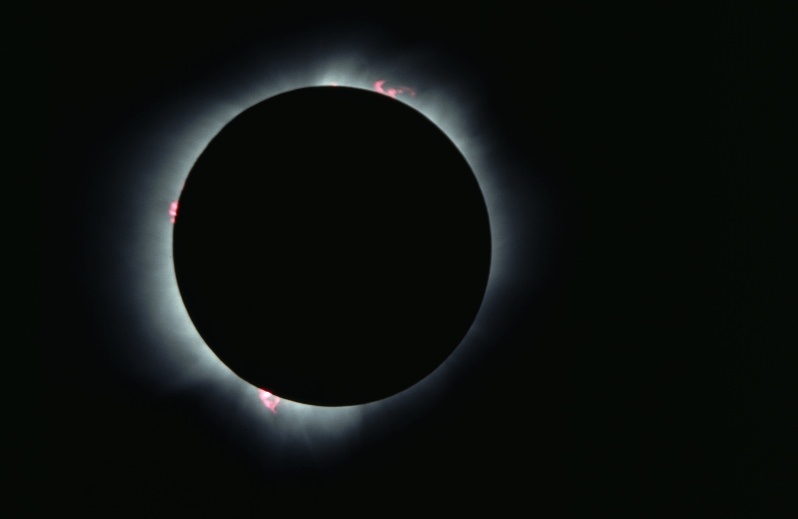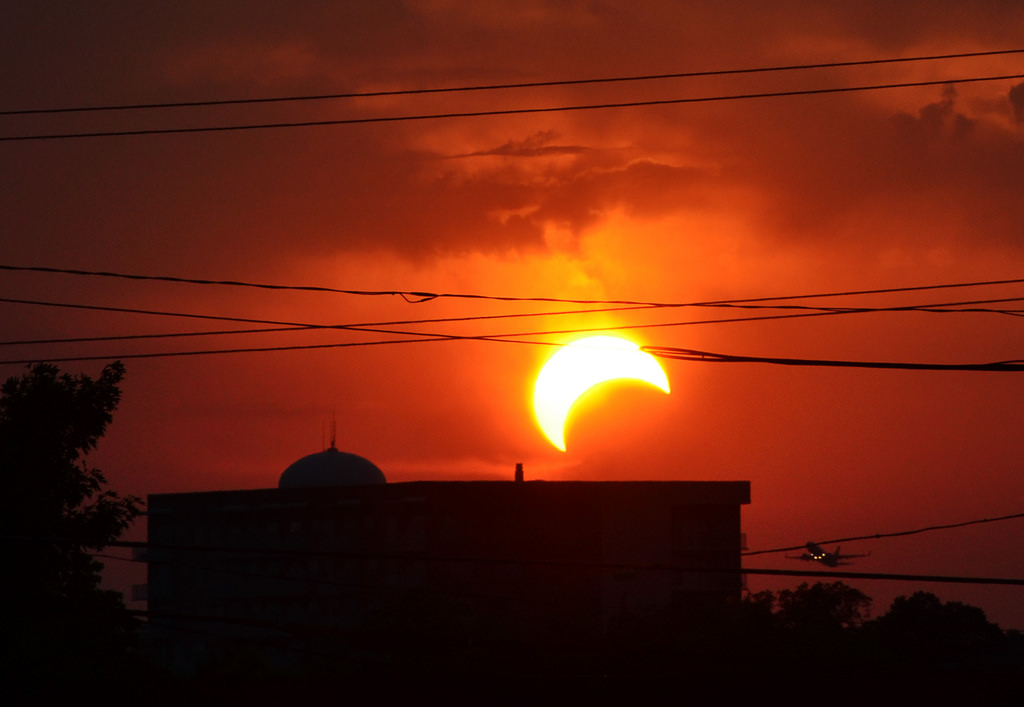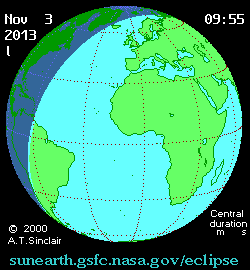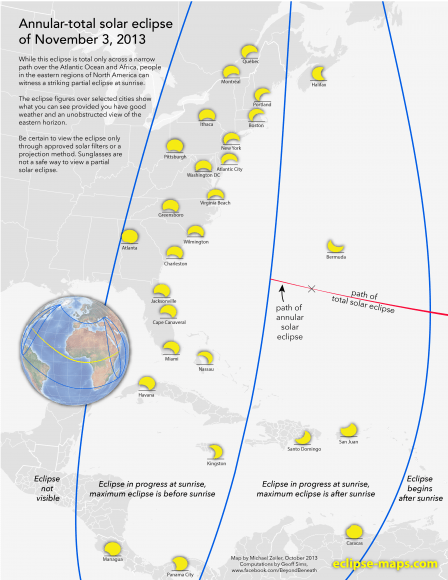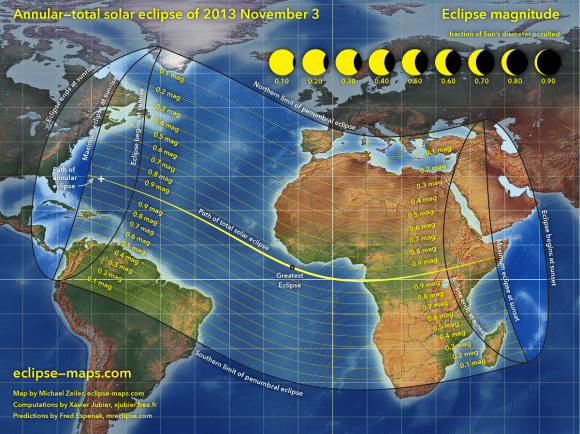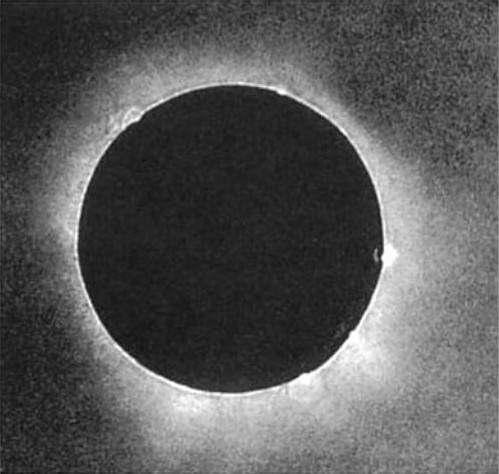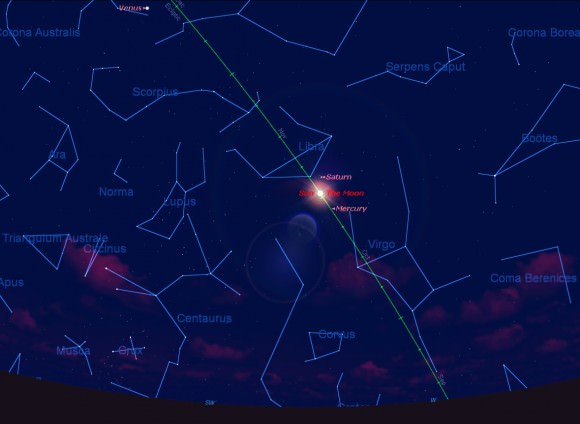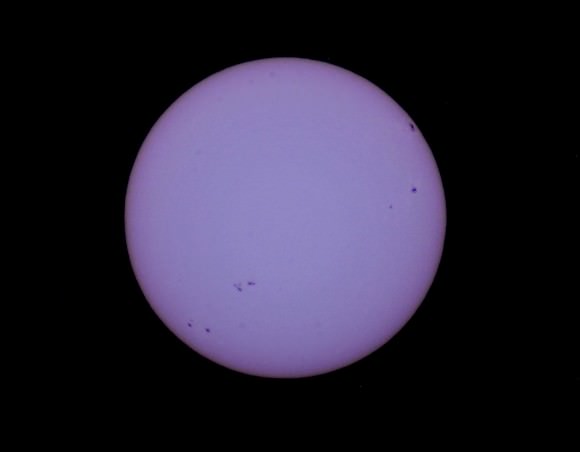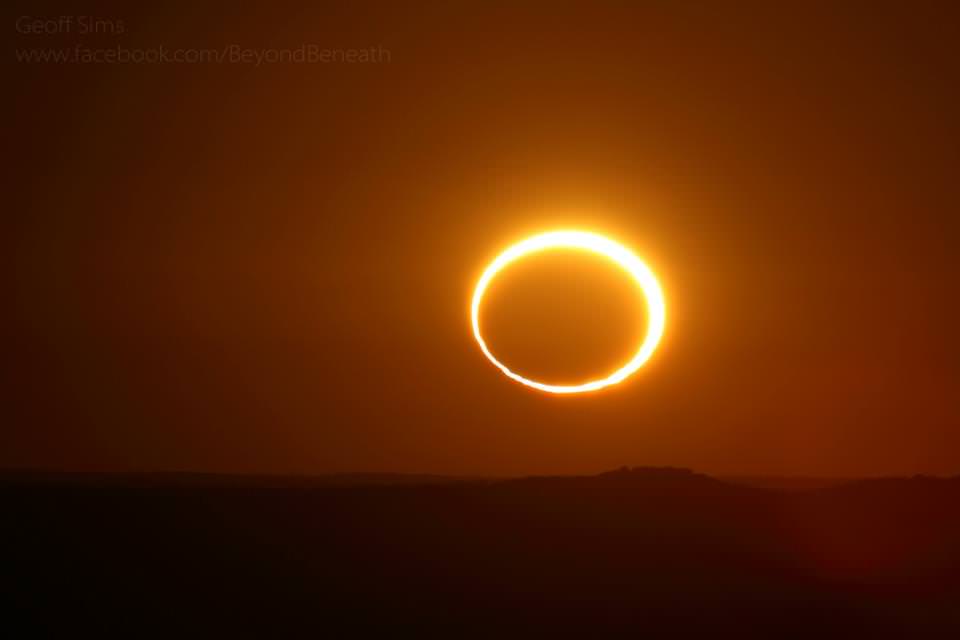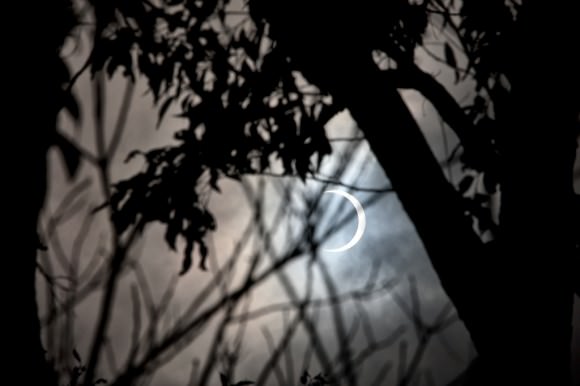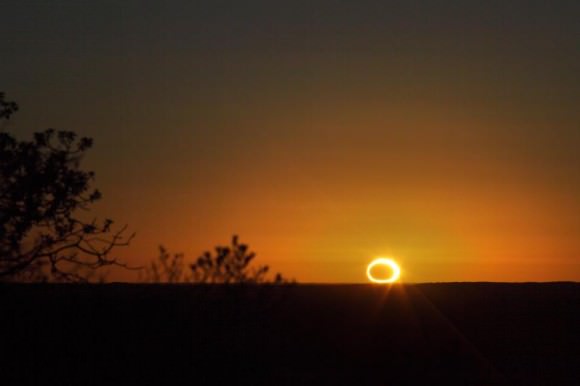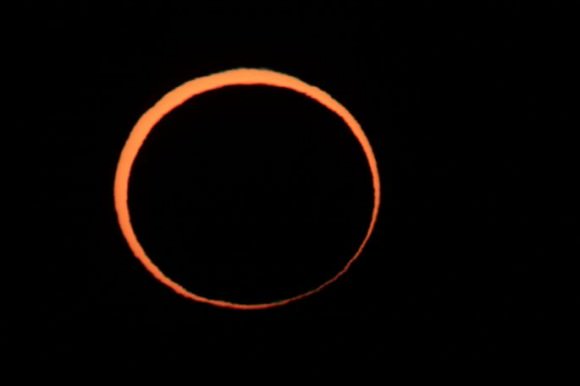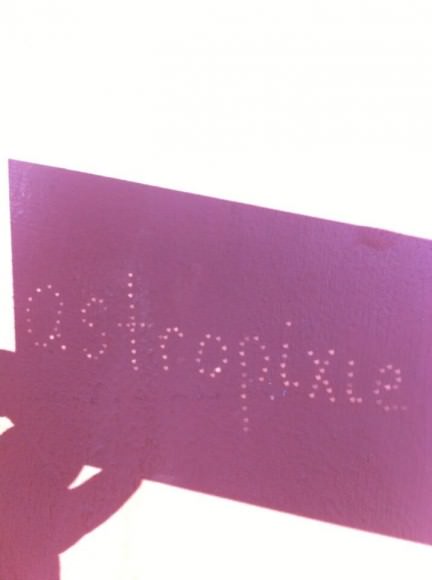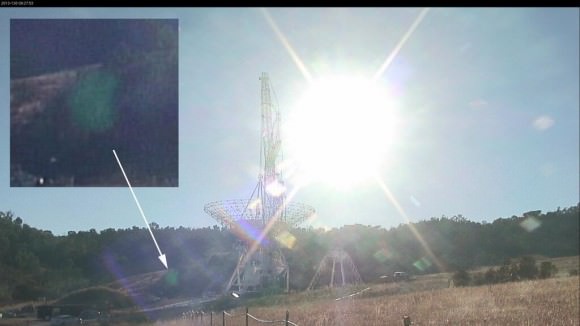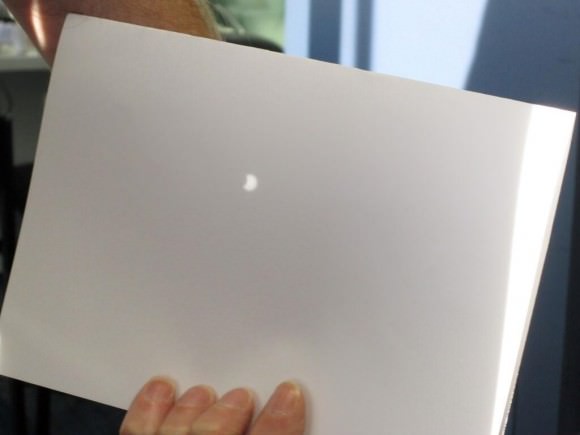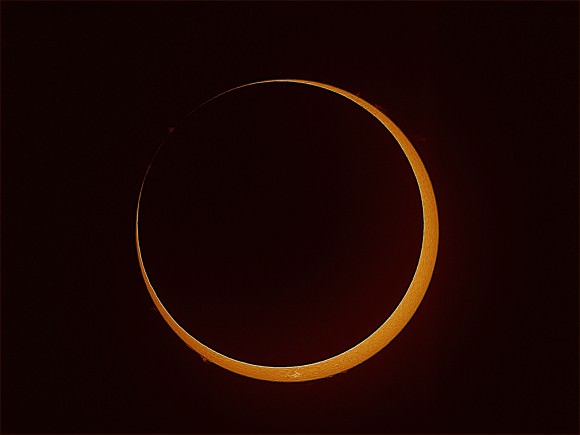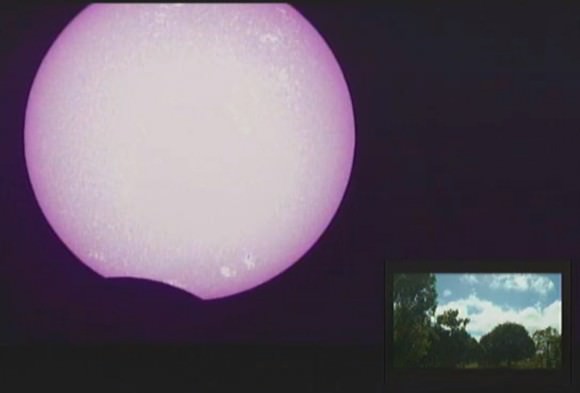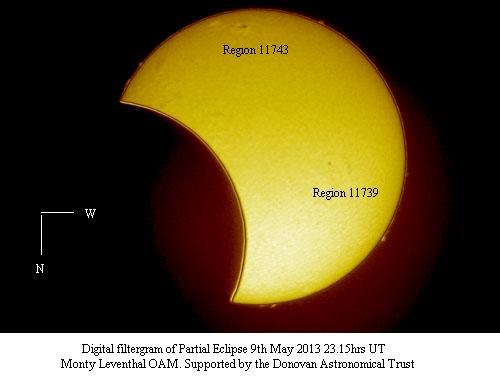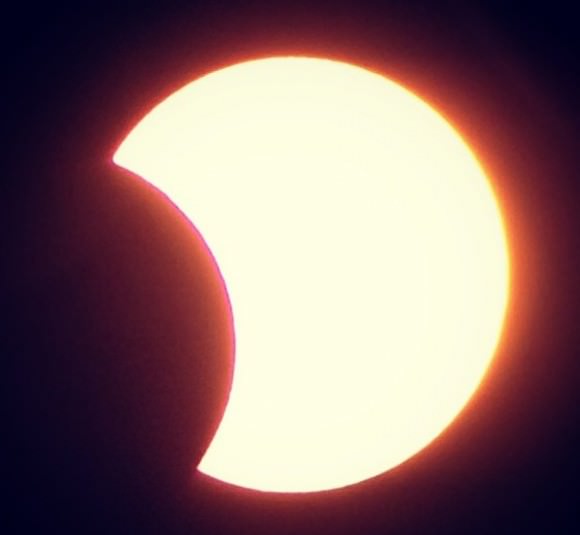One. More. Year. Quick; where will you be this time next year on August 21st, 2017? We’re now just one year out this weekend from a fine total solar eclipse gracing the United States from coast to coast. If you think one year out is too early to start planning, well, umbraphiles (those who chase the shadow of the Moon worldwide) have been planning to catch this one now for over a decade.

Get set for the Great American Eclipse. The last time a total solar eclipse made landfall over a U.S. state was Hawaii on July 11th, 1991, and the path of totality hasn’t touched down over the contiguous ‘Lower 48’ United States since February 26th, 1979. And you have to go all the way back over nearly a century to June 8th, 1918 to find an eclipse that exclusively crossed the United States from the Pacific to the Atlantic Coast.
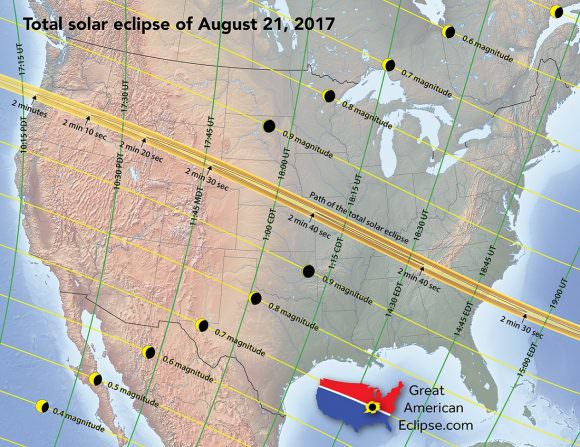
Totality for the August 21st, 2017 eclipse crosses over many major cities, including Columbia South Carolina, Nashville, St. Louis and Salem, Oregon. The inner shadow of the Moon touches on 15 states as it races across the U.S. in just over an hour and a half. The length of totality is about 2 minutes in duration as the shadow makes landfall near Lincoln City, Oregon, reaches a maximum duration of 2 minutes, 42 seconds very near Carbondale, Illinois, and shrinks back down to 2 minutes and 35 seconds as the shadow heads back out to sea over Charleston, South Carolina.
The eclipse will be a late morning affair in the northwest, occurring at high noon over western Nebraska, and early afternoon to the east. ‘Getting your ass to totality,’ is a must. “But I’ve seen a partial solar eclipse,” is a common refrain, “aren’t they all the same?”
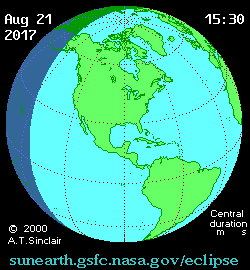
Nope. We witnessed the May 10th, 1994 annular eclipse from the shores of Lake Erie, and can tell you that even less than 1% of the Sun’s intensity is still pretty bright, a steely blue luminosity equivalent to a cloudy day.
We crisscrossed the United States along the eclipse path back in 2014, chronicling preparations in towns such as Columbia and Hopkinsville, Kentucky. Last minute accommodation is already tough to come by, even one year out. Cabins in the Land Between the Lakes region near Paducah, Kentucky, for example, were booked full as soon as the August 21st date became available. Think Mardi Gras and DragonCon, rolled into one. Hopkinsville also has an annual Roswell-style UFO-fest on the same date, celebrating the 1955 Kelly-Hopkinsville UFO incident.
Will it be ‘umbraphiles versus aliens?’
Out west, enticing locales include the Grand Teton National Park and Jackson Hole, Wyoming and the northern edge of the Craters of the Moon National Monument site in Idaho. It’s also worth noting that the western United States is a better bet cloud cover-wise, as afternoon summer thundershowers tend to be the norm for the southeast during late August.
Millions live within an easy day drive of the eclipse path, and it happens during prime camping season, to boot. The annual Sturgess motorcycle rally held near Rapid City, South Dakota is just one week prior to totality, and bikers returning from the pilgrimage southward could easily stop to greet the Earth’s shadow on the road home.
2017 Eclipse Panorama from Michael Zeiler on Vimeo.
There’s been talk that Cosmoquest may mount an eclipse expedition based out of Nashville, Tennessee (more to come on that).
Maintaining mobility is the best bet. Our master plan is to return to the States a week or so prior, rent a camper van from Vegas, and head northward. Like millions of Americans, this will be our first total solar eclipse, and the event promises to spark a whole new generation of umbraphiles. And stick around just seven more years, and totality will again cross the United States on August 8th, 2024 from the southwest to the northeast. The Illinois, Missouri and Kentucky tri-state region sees this eclipse as well. This one is special for us, as it crosses over our hometown of Presque Isle, Maine. I remember looking up the next total solar eclipse over northern Maine as a kid, way back when, and figuring out just how old I would be. The top of Mount Katahdin and selected sites along the Maine Solar System model would all be choice locales to view this one. Check out this great old vid of the aforementioned 1979 eclipse over the U.S.:
We also plan on taking the veteran eclipse-chaser’s mantra of ‘experience your first eclipse; but photograph your second one.’ to heart. Lots of fascinating projects are afoot leading up to the 2017 total solar eclipse, including The Eclipse MegaMovie Project to produce a complete video documentary of the eclipse path, plans by a student group to fly and observe the eclipse from balloons during totality, proposals to replicate famous eclipse experiments and more. It’s also worth noting that the bright star Regulus will sit just one degree from the Sun during totality… perhaps someone will manage to measure its deflection via General Relativity in a manner similar to Sir Arthur Eddington’s famous 1919 observation?
Unlike the paths of most eclipses, which seem to have an affinity for wind-swept tundra or remote swaths of desert, this one is sure to draw in the ‘astronomy-curious’ and may just be the most witnessed total solar eclipse in history.
Here’s some eclipse tales and facts to ponder leading up to totality. If you caught the August 11th, 1999 eclipse across Europe, then you saw the last eclipse in the same saros series 145. If you caught the eclipse before that in the same series on July 31st, 1981 across northeast Asia, then you’ll complete a 54 year long triple-saros period after seeing next summer’s eclipse, known as an exeligmos. This cycle also brings the eclipse path very nearly back around to the same longitude.
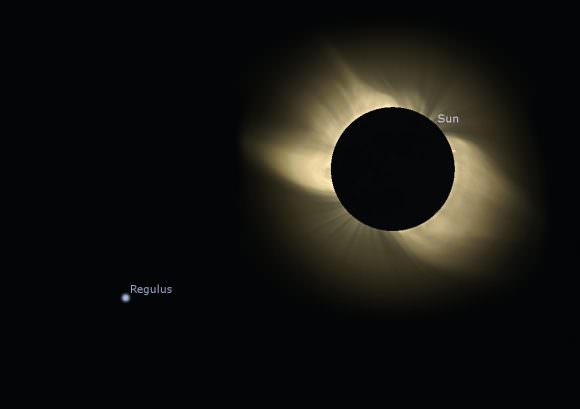
The Sun is about 400 times larger than the Moon in diameter, but the Moon is 400 times closer. We’ve actually heard this fact tossed out as evidence for intelligent design, though it’s just a happy celestial circumstance of our present era. In fact, annular eclipses are now slightly more common than totals in our current epoch, and will continue to become more so as the Moon slowly recedes from the Earth. Just under a billion years ago, the very first annular eclipse of the Sun as seen from the Earth occurred, and 1.4 billion years hence, the Earth will witness one last brief total eclipse.
But you won’t have to wait that long. Don’t miss the greatest show in the universe next August!
-Check out Michael Zeiler’s (@EclipseMaps) 10-foot long strip map of the entire eclipse path.
-Eclipses, both lunar and solar have played a role in history as well.
-Curious about eclipses in time and space? Read our eclipse-fueled sci-fi tales, Exeligmos, The Syzygy Gambit and Shadowfall, with more to come!

